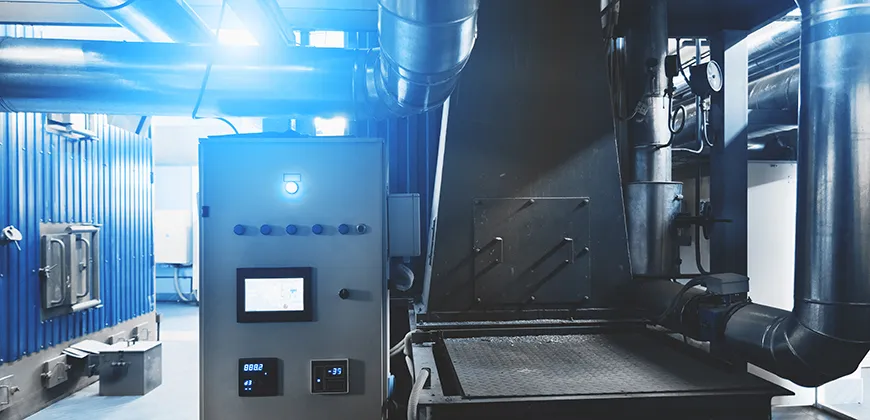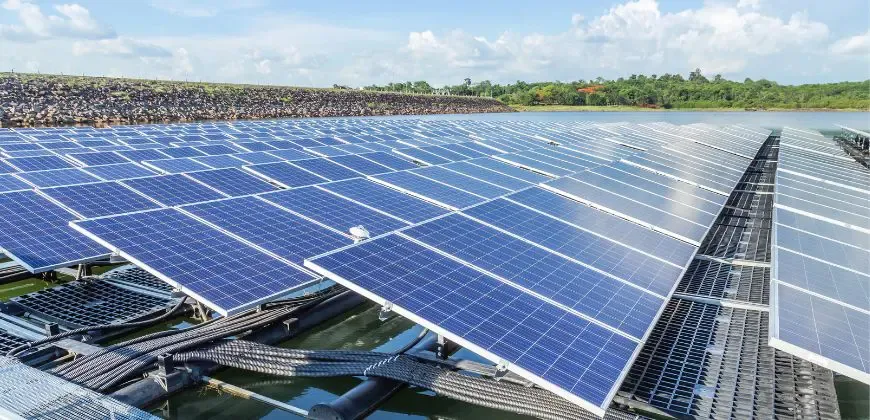Creating A Biomass Energy Feasibility Study For A First Nations Community
Evaluating the Effectiveness of biomass technologies
Clean Energy Engineering student Harshil Trivedi conducted a biomass energy feasibility study for a First Nations community in northern Alberta.

Capstone projects enable students in the Master of Engineering Leadership in Clean Energy Engineering program to work with an industry partner on a real-world project. For his capstone project in 2020, Harshil Trivedi developed a biomass energy feasibility study for three communities of a northern Alberta First Nation.
The First Nation, which relies on utility companies for electricity and uses propane or diesel for residential heating, spends a considerable amount of money on energy given its remote and northerly location. The Nation had worked with Community Power in 2019 to explore the possibility of shifting to renewable energy. That study concluded that of the various options available – solar, geothermal, wind and biomass – biomass offered the best solution to meet the First Nation’s energy needs.
Harshil’s job was to evaluate the effectiveness of available biomass technologies for providing heat and power, identify suppliers for the new system, estimate total project costs and then make a recommendation on the solution.
After reviewing the four most popular commercial biomass technologies on the market, Harshil narrowed the options down to two (an organic Rankine cycle system and a gasification with internal combustion engine) and then approached potential suppliers to provide quotes based on his specifications.
“Each supplier offers a different configuration, so the challenge then became determining what was the best fit in terms of cost, number of units and whether it matched the community’s needs,” he says.
Harshil ran simulations using HOMER Pro, software that is used to model energy generation options for microgrids connected to a larger energy grid. He prepared the model to calculate the optimized output, including parameters such as the communities’ energy requirements; the costs for installation, commissioning, maintenance and biomass fuel; and the rate for selling excess electricity back to the grid. This enabled him to determine the net present value and return on investment for each scenario. He also ran the scenario of having a single energy plant shared by all three communities and then distributing the energy through a connected grid.
“The primary goal is to provide low-cost clean electricity, but given that biomass generates both power and heat, an important secondary benefit is heat generation,” he says. “The heat can be extracted through a district water heater and supplied to the communities, which would reduce the propane costs the communities are currently paying to heat their homes.”
Harshil says that while the proposed biomass solution won’t be able to meet all of the First Nation’s current energy needs, it will allow the three communities to be less dependent on Alberta’s electricity grid, which still relies heavily on coal. It would also enable them to make a significant shift away from higher-intensity carbon fuel sources like propane and diesel.
“Biomass offers cost savings, and it has important environmental and social benefits as well – reducing carbon emissions and creating employment opportunities for community members,” he says. “And if the communities install more units, they could potentially become energy self-sufficient.”
Read a summary of Harshil’s presentation A Biomass Energy Feasibility Study for a First Nation in Northern Alberta and explore the other capstone projects completed in 2020 by Clean Energy Engineering students.



